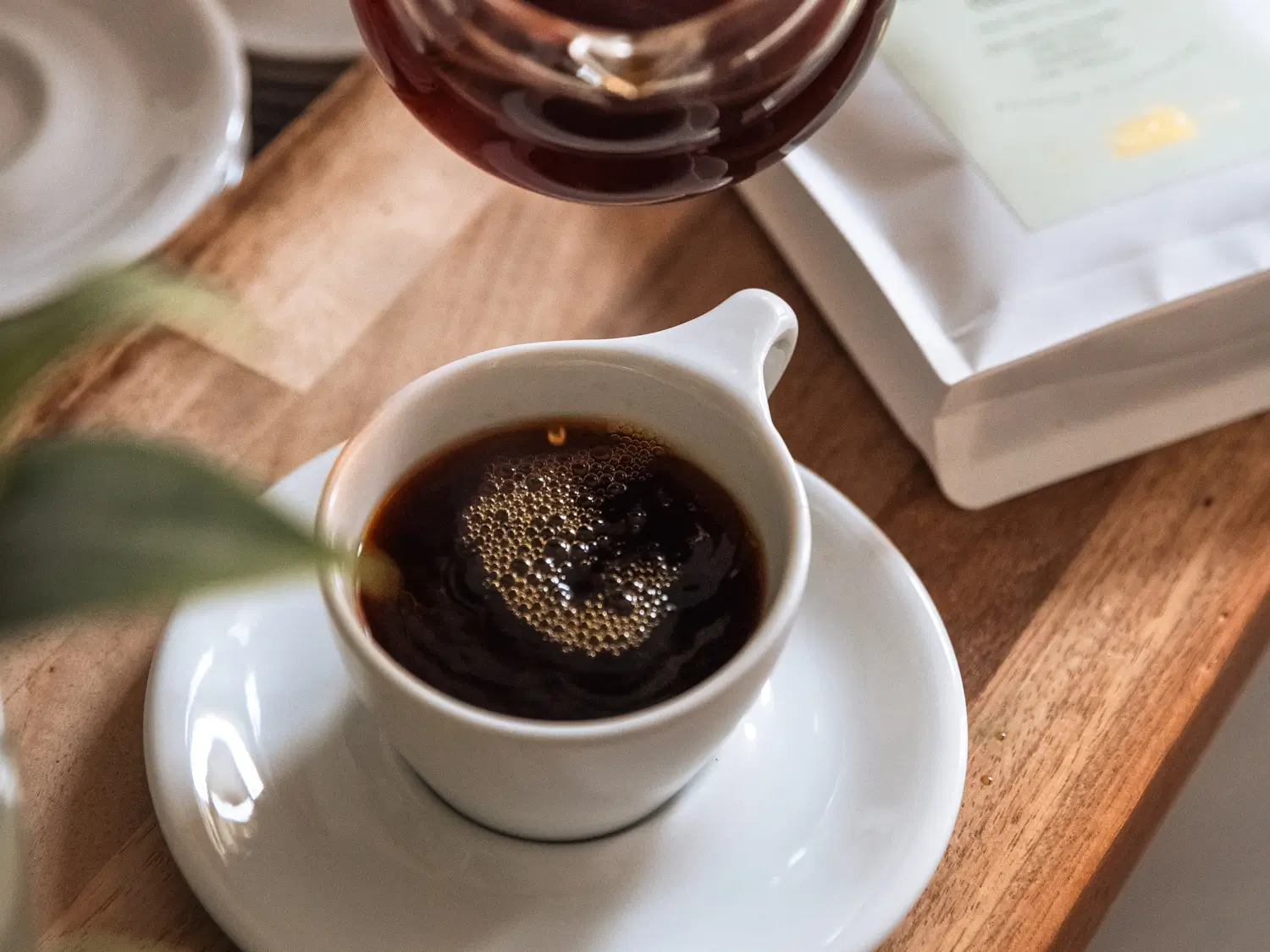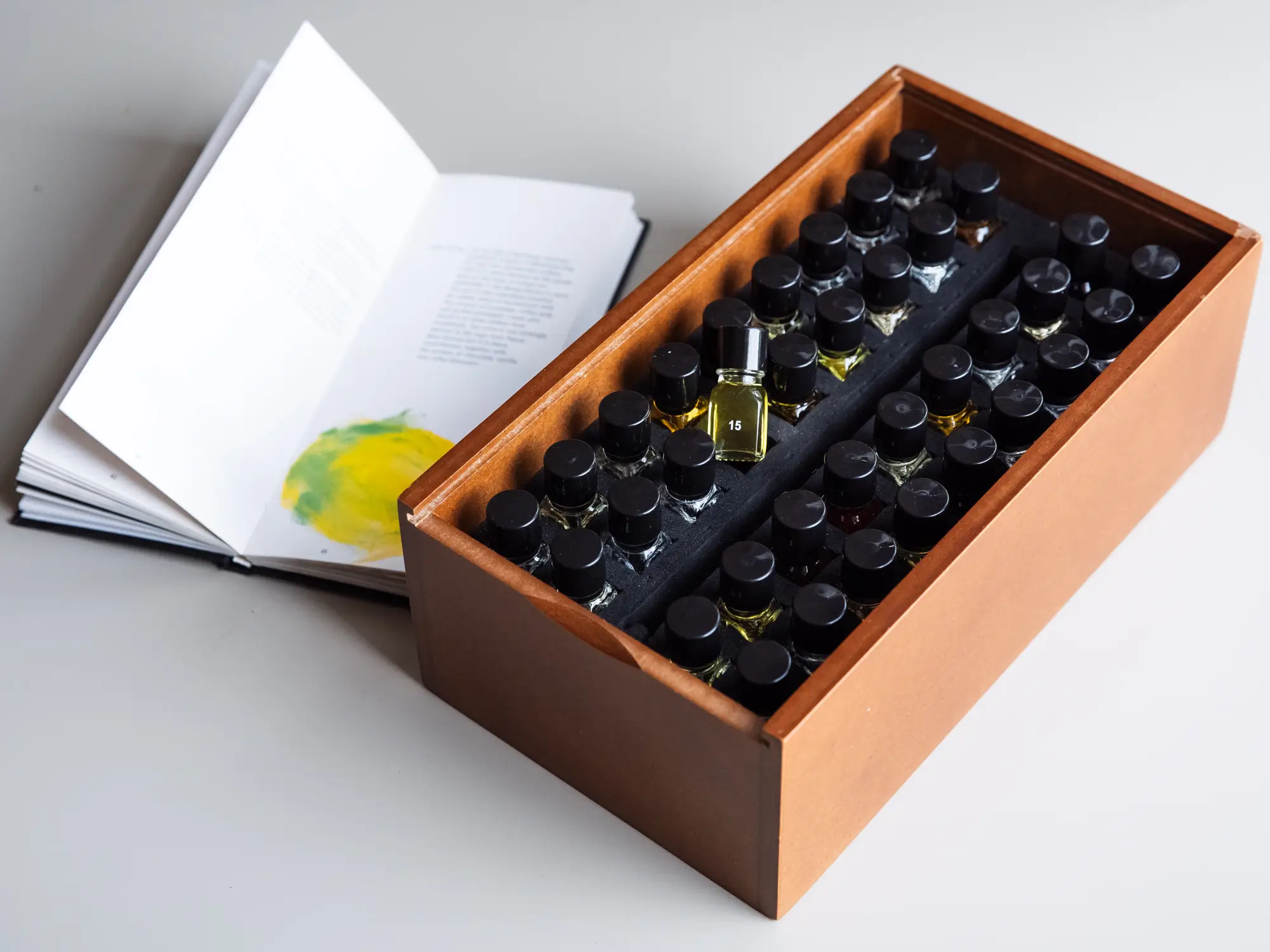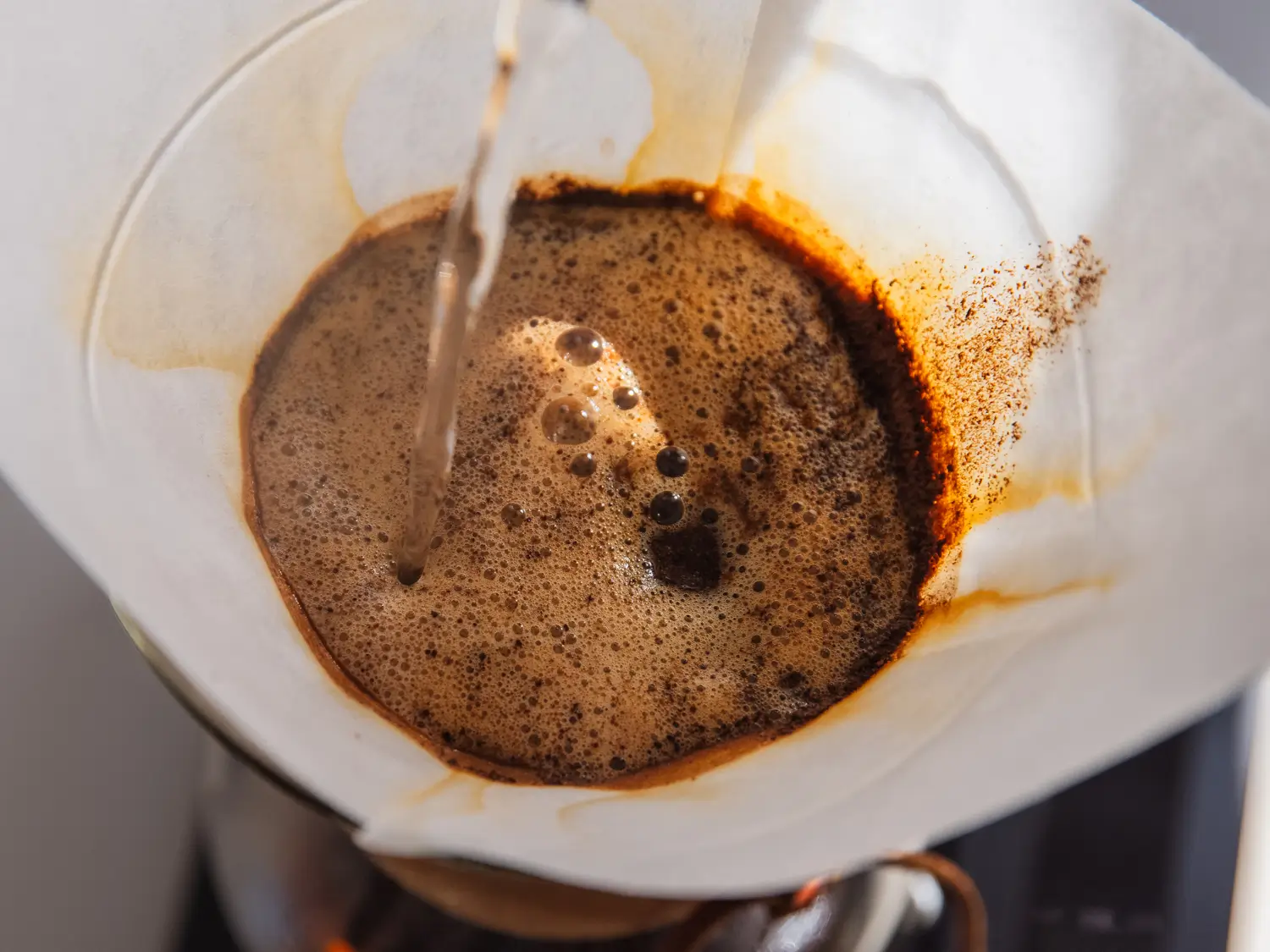We often describe coffees grown at very high altitudes as bright, clean or crisp. Here, where the temperatures are cooler, plants have to work harder to take up nutrients from the soil. Coffee cherries also experience a slower maturation period, developing more sugars and more flavour complexity.
Soil and the coffee varieties grown in it also affect the level of acidity in coffee. Kenyan and Colombian coffees often have more acidity than say Indonesian coffees. The famous Kenyan SL-28 variety is renowned for its malic acidity and blackurrant notes.
Coffee which then undergoes fully washed processing also delivers more acidity. This method allows inherant floral and fruity qualities from the coffee's variety and growing conditions to shine through.
Anaerobically fermented coffees also develop more acidity imparting a sparkling, sometimes sour, fermented acidity on the coffee.


